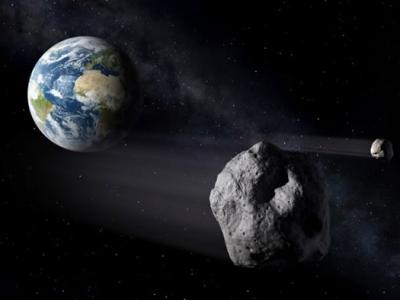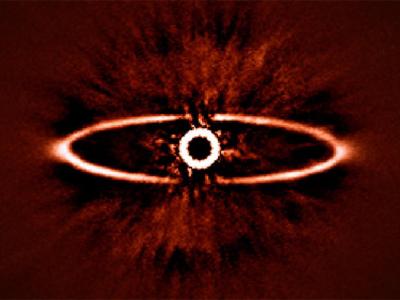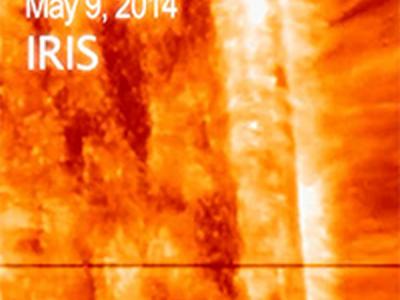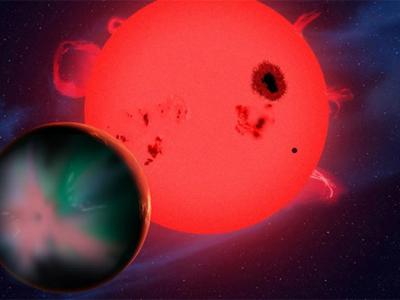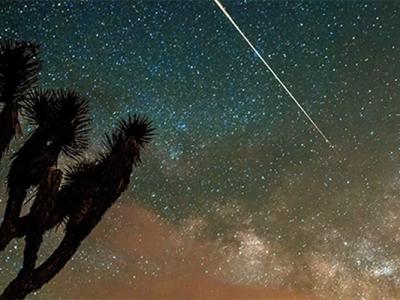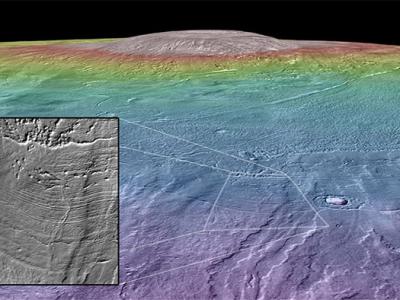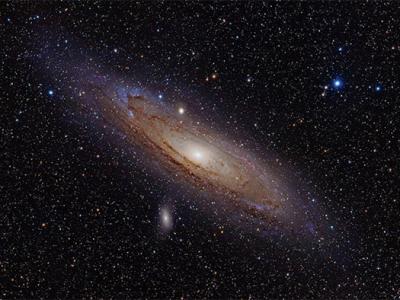NASA Moon Probe Laser-Blasts Europe!
NASA’s LADEE probe entered lunar orbit last month ready to study the moon’s enigmatic exosphere — a region that holds some dusty secrets. But LADEE (which stands for Lunar Atmosphere and Dust Environment Explorer) isn’t your average satellite; it’s sporting a powerful laser and Europe is in its cross hairs!
Of course, this laser isn’t being used for nefarious (pew pew) purposes. It’s a brand new means of transmitting data through space, potentially revolutionizing how interplanetary communications will be carried out in the future.
In contrast to traditional radio communications between spacecraft and Earth-based antennae, laser communications are like what today’s Internet broadband is to dial-up of the 1990′s. In fact, with a data transfer rate of 40 Mbit/s, LADEE’s laser link to Earth is “several times faster than a typical home broadband connection,” said Zoran Sodnik, ESA’s project manager for laser communications between the European Space Agency and LADEE.
Since Oct. 26, LADEE has been in laser communications with ESA’s Optical Ground Station located on Tenerife, one of Spain’s Canary Islands off the coast of Africa. The system has been upgraded with an advanced laser terminal so the ground station can communicate with the NASA mission some 400,000 kilometers (250,000 miles) distant, according to a news release.
The LADEE laser, which operates with extremely focused beams of near-infrared light, made history on Oct. 18 when it became the first mission to transmit data via laser through interplanetary space, communicating with a NASA receiving station at White Sands, New Mexico, from the moon. The laser is also communicating with a receiver at NASA’s Jet Propulsion Laboratory in Pasadena, Calif., and now with the ESA’s Optical Ground Station.
“The participation of the ESA ground terminal at Tenerife in NASA’s project is an important milestone in this new capability,” said Badri Younes, deputy associate administrator for space communications and navigation at NASA’s Headquarters in Washington DC. “Together, we have demonstrated at the very beginning of the optical communication era the value of interoperable communication between our space agencies.”
So, apart from sounding as if it’s been pulled directly from the pages of science fiction, this recent development in laser communications could transform the way in which we communicate with missions throughout the solar system (and beyond). Perhaps we’ve already solved the streaming video problem for future Mars colonists…
Image: LADEE laser light seen by an ESA infrared camera. Credit: ESA(Nov 5, 2013 01:38 AM ET // by Ian O'Neill)

